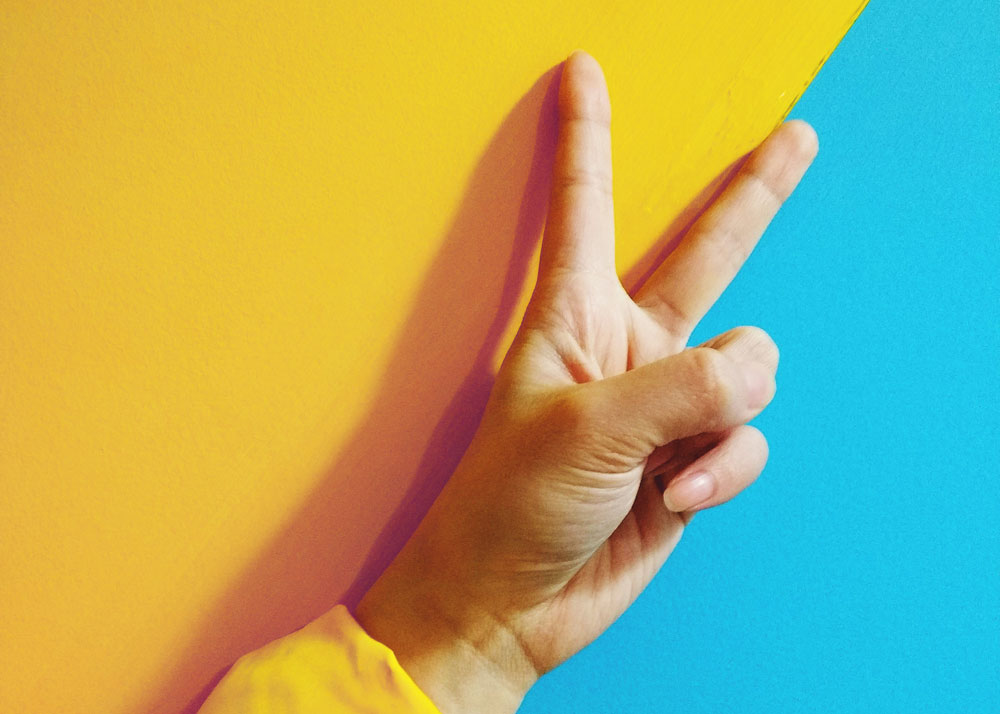
Do you ever just wonder onto a site and ask: Why those colours? The first thing I ever notice on a website is its colour palette and how they decide to use. I believe that if your website is colourful, yet tasteful, it can lead to more traffic onto your site or more people looking at your poster. Here are some tips to make your website colourful, while also being keeping it clean and concise.
Keep it Flat
Sometimes the only problem is that the colours are too strong. When creating a website, you have to visualize your colour palette and how they will look onto a screen. Some people just look at a bright blue and say:
“Yeah this won’t burn anybody’s eyes.”
It will.
Flat UI colours are a simple yet effective tool for making sure your colours pop, but also don’t drive away an audience. There are plenty of sites who give you flat colour palettes so be sure to look those up before randomly picking colours.
Colour Theory Cram Session

Colour theory is SUPER important when it comes to making your website pop. You can’t pick a pink and orange and justify your pick because they look pretty.
Triadic Colours create a triangular shape on the colour wheel and have a more vibrant look to them. Complementary Colours are on the complete opposite side of each other on the colour wheel. They usually have high contrast with each other. Analogous Colours are three colours right next to each other on the colour wheel. These colour schemes usually seem more natural. Another one is Split-Complementary Colours. This colour scheme uses the adjacent two colours of the complement base colour and has a good visual contrast.
It’s Just Science
Colour psychology is very important for your website. There are colours who subconsciously activate different emotions inside of us. For example, research shows that red is a colour used to grab attention, and evokes energy. Blue is often seen as a stable colour. And symbolizes loyalty and wisdom. Every colour has a certain meaning and tone towards them. Take a 15 minute research break and check out what other colours mean and how they can be utilized with your product.